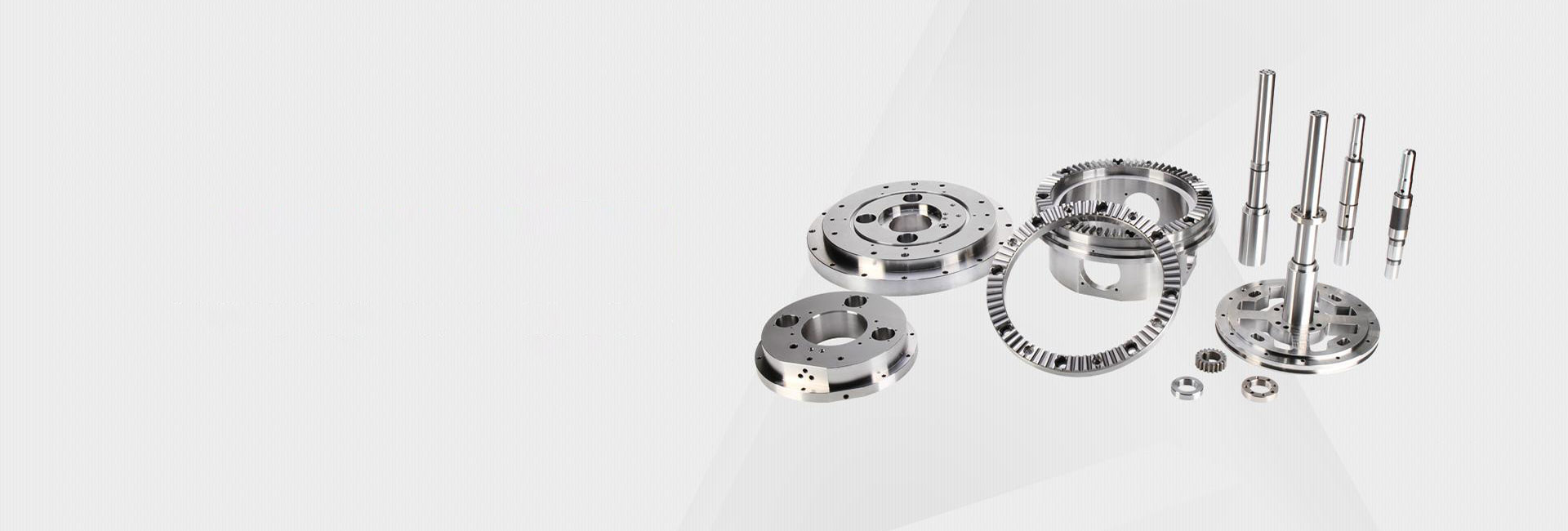Que tolerância você pode alcançar com a usinagem de barras CNC? Um guia prático
Olá, colegas engenheiros e profissionais de compras! 👋 Já se viu olhando para um desenho técnico, se perguntando se o seu fornecedor de usinagem de barras CNC pode actually hit those tiny tolerance numbers? You're not alone. I've been in those meetings where everyone nods, but deep down, there's that nagging question: "What's realistically achievable?" Let's cut through the marketing fluff and talk real numbers. 🤔
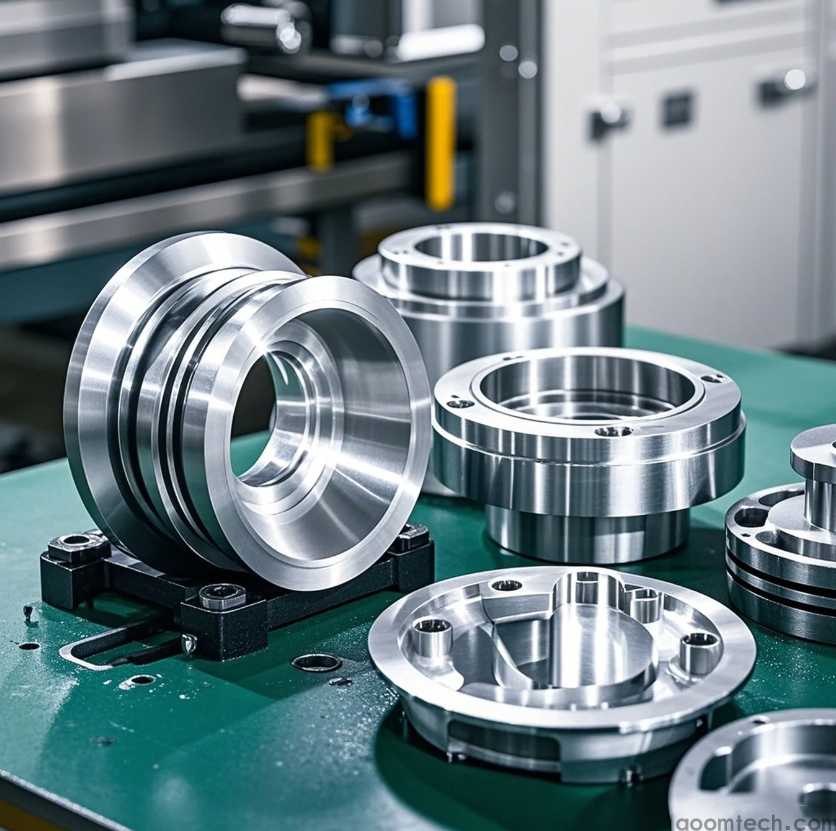
Então, qual é o verdadeiro problema com a precisão da usinagem de barras CNC?
Primeiras coisas primeiro, vamos responder à grande questão. Para a maioria dos trabalhos de usinagem de barras CNC padrão, você geralmente pode esperar manter tolerâncias em torno de ±.025 mm to ±.05 mm (±.001" to ±.002"). That's about the thickness of a human hair! But—and this is a big but—this isn't a guarantee for every single part. It depends on a whole bunch of factors that we'll dig into next. I've seen shops consistently hit these numbers on aluminum and brass, but when it comes to some tricky plastics or super-alloys, the story can change.
Quais fatores realmente atrapalham sua precisão de usinagem?
Nunca é apenas sobre a máquina. Aqui estão os suspeitos usuais que podem fazer ou quebrar seus objetivos de tolerância:
✅ The Material Itself: Some materials are just easier to work with. Aluminum is pretty forgiving and stable, making it a dream for tight tolerances. But something like stainless steel? It can be a bit of a diva, moving around with heat and stress. The exact way different alloys behave under the cutting tool is something I'm still wrapping my head around.
✅ Machine Condition and Age: A brand-new, high-end Swiss-type lathe is a precision beast. An older, worn-out machine might struggle. It's that simple.
✅ The Length of the Part: This is a big one that often gets overlooked. Trying to hold a tight tolerance on a long, skinny bar? That's much harder than on a short, stubby part. Vibration and deflection become your enemies.

Como você pode ajudar seu fornecedor a atingir essas tolerâncias mais rígidas?
Acredite ou não, você também tem um papel a desempenhar! Veja como você pode preparar seu projeto para o sucesso:
🔧 Be Smart with Your Tolerances: Don't just call out super tight tolerances everywhere on the drawing. I always ask my team, "Does this surface really need to be that precise?" Only apply tight tolerances to critical features. This saves cost and headache.
🔧 Talk to Your Machinist Early: Get their input during the design phase. They might suggest a small change that makes the part much easier and cheaper to machine accurately.
🔧 Choose the Right Material: If high precision is your goal, maybe an aluminum grade is a better bet than that specific stainless steel you had in mind. Discuss the options.

"Mais Precisão" É Sempre A Resposta Certa?
Aqui estão meus dois centavos, de ver centenas de projetos. Perseguir a tolerância mais rígida possível costuma ser uma armadilha. 🤯 O custo não aumenta linearmente; sobe como um taco de hóquei. Esse último 0,01 mm de precisão pode dobrar seu custo de peça. Você tem que perguntar: What does the function of the part actually require? Sometimes, "good enough" is not just good enough—it's the smartest business decision. Perfection can be the enemy of profitability.
Dito isto, para componentes críticos em dispositivos aeroespaciais ou médicos, essa precisão extrema não é negociável. Mas para muitas aplicações gerais, talvez seja um exagero. A verdadeira habilidade está em saber a diferença.
Pela minha experiência, os melhores resultados vêm de uma parceria. Não se trata apenas de pressionar um fornecedor pelo menor preço e maior precisão. Trata-se de comunicação clara, expectativas realistas e compreensão das compensações. Descobri que ser sincero sobre seu orçamento e necessidades de desempenho leva a um processo muito mais suave e a um produto final melhor. 🚀 Apenas algo para pensar para o seu próximo projeto.
 Seu guia para usinagem CNC em pequenos lotes de alta precisã
Seu guia para usinagem CNC em pequenos lotes de alta precisã
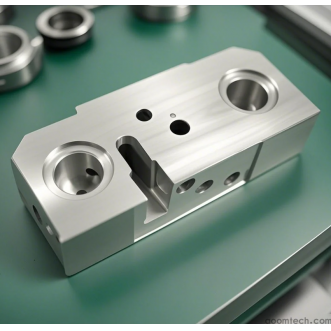 Usinagem CNC de peças pequenas e de alta precisão: considera
Usinagem CNC de peças pequenas e de alta precisão: considera
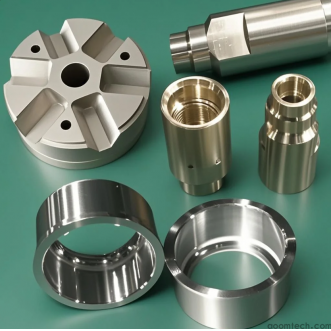 Que fatores realmente afetam os custos de usinagem CNC de al
Que fatores realmente afetam os custos de usinagem CNC de al
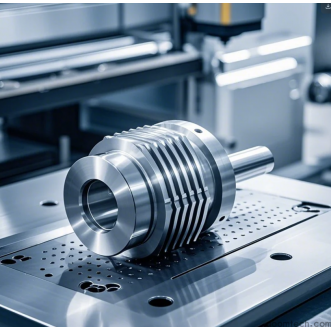 Para que podem ser usados os produtos de usinagem de precisã
Para que podem ser usados os produtos de usinagem de precisã


